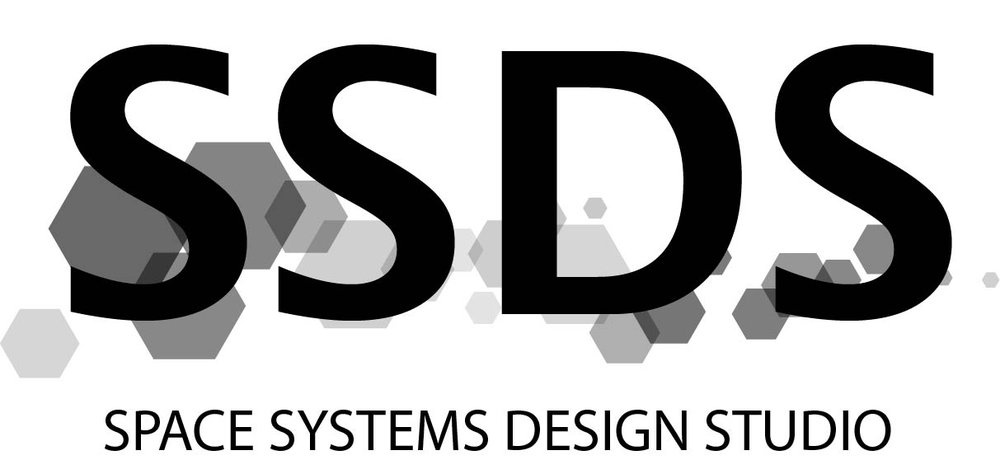Generalized Orbit Rendezvous
About
Orbital rendezvous is of fundamental importance to many anticipated missions involving two or more spacecraft. The principle is also relevant for a single spacecraft, where reaching a specific target orbit can be posed as rendezvous with the orbit to be attained at the end of the maneuver. Applications such as on-orbit assembly, resupply of space stations, constellation and formation flying, and navigation to a particular orbit or target are all based upon orbital rendezvous. Consequently, the development of methods of calculating these maneuvers has been a major technological focus of astrodynamics research for many decades.
Small Spacecraft and Orbital Rendezvous
Many emerging goals for space technology and exploration require an efficient autonomous method for calculating orbital rendezvous maneuvers, especially for small spacecraft. Such spacecraft are often built under tight budget and mass constraints, necessarily limiting their capabilities. These spacecraft would benefit greatly from an efficient and autonomous method for orbital rendezvous maneuvers that ensures they can accomplish their mission goals, while remaining robust and within their given constraints. The rise of small spacecraft has further motivated research in autonomous orbital rendezvous techniques in recent years.
Research
The goal is to develop a method for orbital rendezvous that is general, efficient, and can be executed autonomously. It is key that this method can be applied to any arbitrary orbits, uses a similar amount of Delva-V to other methods or better, and does not require ground calculation of maneuvers. We are developing a method that uses a coordinate-free representation of the orbit as a basis for discrete feedback control. The primary applications are for small spacecraft missions, but it could be used for any autonomous mission, and would make operations such as establishing constellations, rendezvous with a target, and on-orbit assembly easier to execute. The method will be demonstrated for executing orbital rendezvous on the Pathfinder for Autonomous Rendezvous (PAN) mission (link).
Mathematics of Orbital Rendezvous
Orbital dynamics and geometry make it such that each maneuver can only reach orbits that intersect the starting orbit, and at least two maneuvers are required to transfer to any arbitrary orbit. As a result, testing shows that feedback control can be inefficient when the initial and destination orbits are sufficiently far apart. Thus, we are exploring orbit transfer trajectories from a mathematical perspective to search for an efficient way to calculate optimal orbit transfers. Integrating this calculation is the next step in generalizing our orbit transfer method.
Conference Papers
Matthew T. Walsh and Mason A. Peck. "Autonomous Orbital Rendezvous Using a Coordinate-Free, Nonsingular Orbit Representation", IEEE Aerospace Conference. Big Sky, Montana. 2019
Matthew T. Walsh and Mason A. Peck. "A Method for General Autonomous Orbit Matching", AIAA Guidance, Navigation, and Control Conference. 2018. [link]
Matthew T. Walsh and Mason A. Peck. "A General Approach for Calculating Far-Field Orbital Rendezvous Maneuvers", AIAA Guidance, Navigation, and Control Conference. 2017. [link]
